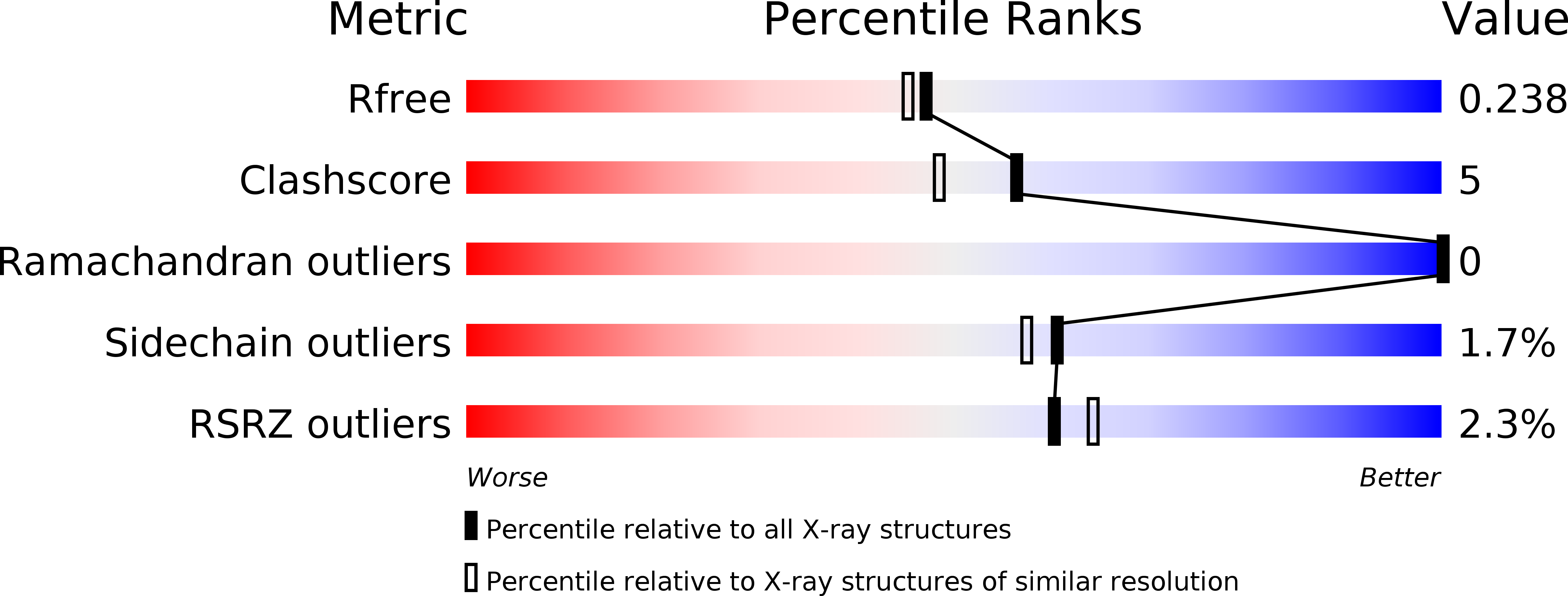
Deposition Date
2016-07-04
Release Date
2017-07-05
Last Version Date
2023-11-08
Entry Detail
PDB ID:
5GKB
Keywords:
Title:
Crystal Structure of Fatty Acid-Binding Protein in Brain Tissue of Drosophila melanogaster without citrate inside
Biological Source:
Source Organism:
Drosophila melanogaster (Taxon ID: 7227)
Host Organism:
Method Details:
Experimental Method:
Resolution:
2.04 Å
R-Value Free:
0.24
R-Value Work:
0.18
R-Value Observed:
0.19
Space Group:
I 4 2 2


